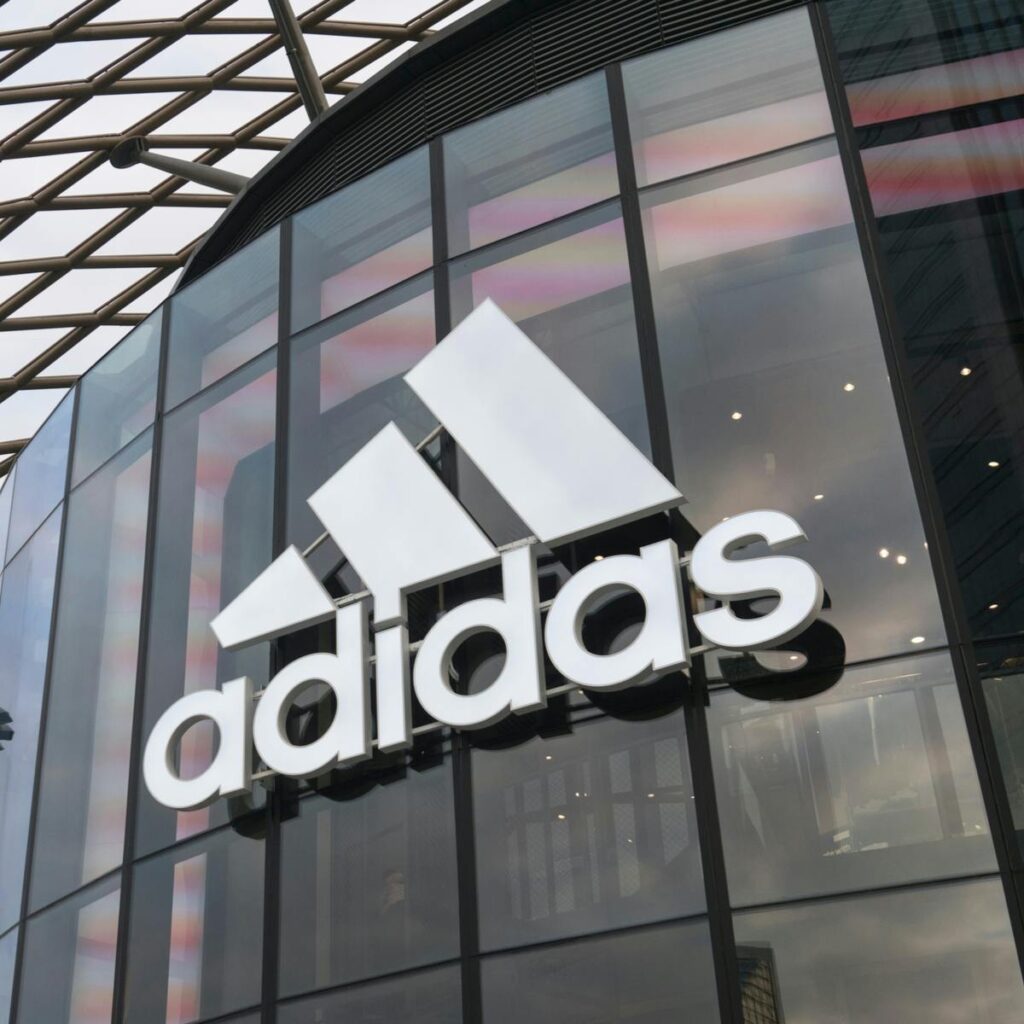 CEO Bjørn Gulden says Adidas is “in very good shape” for 2025, as the sportswear giant prepares to increase its marketing investment to help leverage “strong top-line growth”.
CEO Bjørn Gulden says Adidas is “in very good shape” for 2025, as the sportswear giant prepares to increase its marketing investment to help leverage “strong top-line growth”.
Last year, sales increased by 12% and its operating profit grew by more than €1bn (£827m) to €1.34bn (£1.15bn), as the brand continued its turnaround plans under Gulden, who was appointed in 2023.
Adidas forecasts its operating profit will reach €1.8bn (£1.5bn) this year, short of the €2.1bn (£1.7bn) expected by analysts, causing the company’s share price to drop 3% today (5 March) following the announcement.
However, the business feels good about the future, said Gulden, who sees the brand’s potential to increase market share in “all markets”.
Adidas pledges to continue investing ‘heavily’ in marketing after strong Q3 sales
“I am confident we have the product pipeline and marketing plans to continue to drive brand heat globally,” he added. “Of course there is a lot of macroeconomic uncertainty right now, but with products that we think are on trend and the attitude of being agile and more local, I cannot see why we should not be successful.”
In a drive to up its regional presence, Adidas announced 500 job cuts at its German headquarters earlier this year to prioritise local efforts.
Rebuilding a strong brand
A big year for Adidas’s marketing, 2024 saw the introduction of new brand platform ‘You Got This’ and a presence at large sporting events, such as the UEFA Euros, Olympic and Paralympic Games.
Overall for the year, marketing spend rose by 12% to €2.84bn (£2.4bn) to support the brand’s campaigns, activations and new product launches. As a percentage of sales, marketing and point-of-sale expenses increased 0.2 percentage points to 12%.
This investment included the promotion of new product launches such as the reintroduction of F50 football boot, the Supernova running franchise and the Z.N.E. clothing range. Adidas also broadened its brand partner portfolio, with new additions including the French Rugby Federation, Texas Tech University and Aston Villa FC.
During the fourth quarter ending 31 December, marketing spend rose 13% to €754m (£627m). However, as a percentage of sales, marketing and point-of-sale expenses dropped by 1.2 percentage points to 12.6%.
Marketing investments during the fourth quarter included signing up new athletes such as US basketball star Kaleena Smith and tennis player Grigor Dimitrov, as well as support for the Adidas Essentials clothing range.
Adidas’s long-term goal is to become the world’s leading sportswear brand, potentially a golden opportunity given rival Nike’s struggles. While Adidas’ shares have risen 28% over the past year, Nike’s have fallen 21%.
According to YouGov’s Brand Index, Adidas had an overall index score – a measure of brand health – of 35.6 between 4 February and 3 March this year. Nike’s score was 34.3 for the same period. They are both ahead of Under Armour (20.1), New Balance (19.4) and Puma (17.3).
“Although we are not yet where we want to be long term, it was a very successful year that confirmed the strength of the Adidas brand, the potential of our company and what a fantastic job our teams are doing,” said Gulden.
“We still have a lot to improve but I am very proud of what our people achieved in 2024.”
Reflecting on the “continued double-digit growth” for the Adidas brand, the business believes a “significantly better, broader and deeper product range”, combined with an increased focus on local consumers and “impactful marketing initiatives” will drive brand momentum in 2025.


